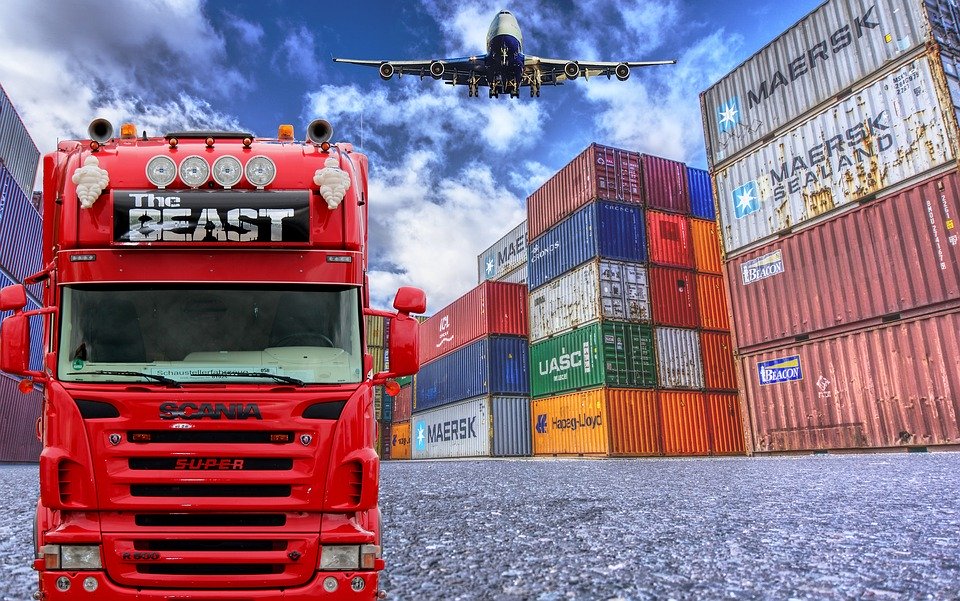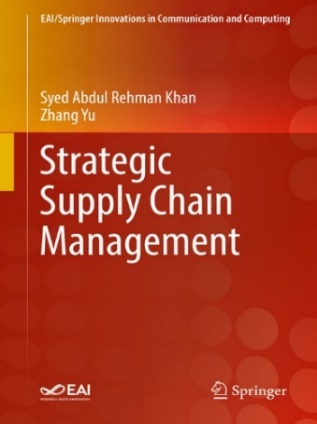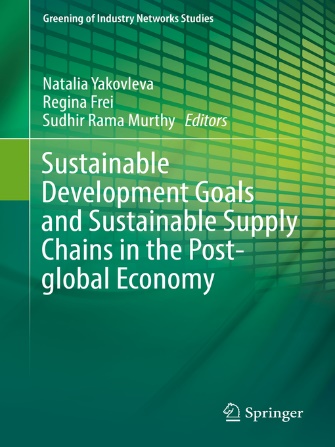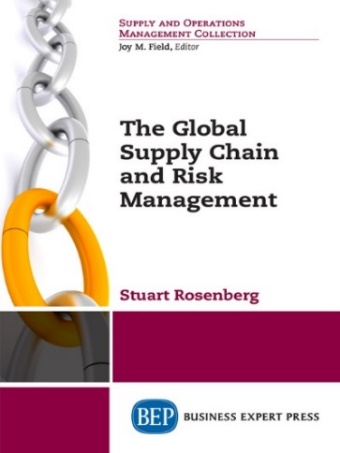Learning Package 3 - Supply Chains in a Globalised World

Photo credit: Retrieved from pixabay.com/photos/logistics-truck-container-plane-3382013/
The COVID-19 pandemic has drastically changed the global economy, creating uncertainties in demand and disruptions in global supply chains. These have in turn not only restricted movements of people and materials but also caused delivery delays and shortages of goods and materials. It has been a challenge to keep global supply chains of essential goods open. A stark reminder of this situation came from the World Health Organization (WHO) who warned that disruptions to the supply of personal protective equipment were putting lives at risk.1
Uncertainties and sudden disruptions in the early months of the pandemic have also emphasised the importance of supply chain resilience and risk management.2 Countries, including Singapore, have started to develop and strengthen regional supply chains to diversify supply options. Developing and strengthening regional supply chains present opportunities for countries such as Singapore, with its status as a financial and logistical hub, to tap on.3
While optimising supply chains used to focus largely on cost efficiency and commercial outcomes, the COVID-19 pandemic has exposed weaknesses in this approach and forced a relook into not just supply but demand patterns as well. Companies that have adopted digital technologies, wider global supply-chain networks and multiple distribution channels appear to be more resilient and better responsive to supply-chain disruptions. As a result, there is now a concerted effort for resilience and adaptability as well as developments in technology and sustainability to be factored into global supply chain management.4
Check out the resources below to find out more about supply chains in a globalised world and the impact of the COVID-19 pandemic. Our next guide will look into strategic stockpiling and crisis production planning.
Videos and Podcasts
1. Building a resilient supply chain: Lessons from COVID-19
2. Building a resilient supply chain: Lessons from COVID-19
3. What Covid-19 toilet paper shortages tell us about supply chains
What Covid-19 toilet paper shortages tell us about supply chains. (2020, June 8). Financial Times. Retrieved 2020, June 25.
4. Shock proofing supply chains
Episode 2: Shock proofing supply chains. (2020). Baker McKenzie. Retrieved 2020, June 25.
Websites
1. Here's how global supply chains will change after COVID-19
Lin, J. & Lanng, C. (2020, May 6). Here’s how global supply chains will change after COVID-19. World Economic Forum. Retrieved 2020, June 25.
2. A resilient return for Asia’s manufacturing and supply chains?
A resilient return for Asia’s manufacturing and supply chains? McKinsey & Company. Retrieved 2020, June 25.
3. What do you need to help you build a more resilient supply chain?
Steinberg, G. (2020, May 27). What do you need to help you build a more resilient supply chain? Ernst & Young. Retrieved 2020, June 25.
4. Covid-19 crisis highlights supply chain vulnerability
Evans, J. (2020, May 28). Covid-19 crisis highlights supply chain vulnerability. Financial Times. Retrieved 2020, June 25.
5. COVID-19: Managing supply chain risk and disruption
Kilpatrick, J. (2020). COVID-19: Managing supply chain risk and disruption. Deloitte. Retrieved 2020, June 25.
6. Supply chain lessons from covid-19: Time to refocus on resilience
Schatteman, O. (2020, April 27). Supply chain lessons from covid-19: Time to refocus on resilience. Bain & Company. Retrieved 2020, June 25.
Ebooks
1. Strategic supply chain management
Khan, S. A. H. & Yu, Z. (2019). Strategic supply chain management. Springer. Retrieved from OverDrive. (myLibrary ID is required to access this ebook.)

2. Global supply chain ecosystems (summary): Strategies for competitive advantage in a complex, connected world
Millar, M. (2017). Global supply chain ecosystems (summary): Strategies for competitive advantage in a complex, connected world. getAbstract. Retrieved from OverDrive. (myLibrary ID is required to access this ebook.)

3. Sustainable development goals and sustainable supply chains in the post-global economy
Yakovleva, N. & Frei, R. (2019). Sustainable development goals and sustainable supply chains in the post-global economy. Springer International Publishing. Retrieved from OverDrive. (myLibrary ID is required to access this ebook.)

4. The Global Supply Chain and Risk Management
Rosenberg, S. (2018). The Global Supply Chain and Risk Management. LaVergne: Business Expert Press. Retrieved from OverDrive. (myLibrary ID is required to access this ebook.)

Journal Articles & Chinese and Malay resources
1. Is it time to rethink globalized supply chains?
Shih, W. (2020, March 19). Is it time to rethink globalized supply chains? MIT Sloan Management Review. Retrieved 2020, June 25.
2. Supply chain disruptions and COVID-19
Brent, M. (2020). Supply chain disruptions and COVID-19: What is different about COVID-19 and other supply chain disruptions? Supply Chain Management Review. 24(3). 14-17. Retrieved 2020, Jun 24 from ProQuest database via NLB’s eResources. (myLibrary ID is required to access this ebook.)
3. Coronavirus is a wake-up call for supply chain management
Choi, T., et al. (2020, March 27). Coronavirus is a wake-up call for supply chain management. Harvard Business Review. Retrieved 2020, June 24 from EBSCOHost database via NLB’s eResources. (myLibrary ID is required to access this ebook.)
4. 全球供应链调整路在何方
周小明:全球供应链调整路在何方。(2020-06-03)。新华网。 Retrieved 2020, June 11.
Facing the threat of broken supply chains during the COVID-19 pandemic, companies have diversified their supply chains at a higher operating cost. The article highlights that a regional supply system would replace the current global model and that competition in emerging industries will become more intense.
5. S’pura, 6 negara lain ikrar komitmen terus buka rantaian bekalan
S’pura, 6 negara lain ikrar komitmen terus buka rantaian bekalan (2020, March 25). Berita Mediacorp. Retrieved 2020, June 16.
Singapore and six other countries − Australia, Brunei, Canada, Chile, Myanmar and New Zealand − have committed to ensuring that their trade lines via land, air and sea remain open for the flow of goods and essential supplies.
Disclaimer/ Rights statement
The information in this resource guide is valid as of July 2020 and correct as far as we are able to ascertain from our sources. It is not intended to be an exhaustive or complete history on the subject. Please contact the Library for further reading materials on the topic.
All Rights Reserved. National Library Board Singapore 2020.
References
-
World Health Organization. (2020, March 3). Shortage of Personal Protective Equipment Endangering Health Workers Worldwide. Retrieved 2020, June 25 from https://www.who.int/news-room/detail/03-03-2020-shortage-of-personal-protective-equipment-endangering-health-workers-worldwide ↩
-
Hedwall, M. (2020, June 22). “The Ongoing Impact Of COVID-19 On Global Supply Chains.” World Economic Forum. Retrieved 2020, June 25 from https://www.weforum.org/agenda/2020/06/ongoing-impact-covid-19-global-supply-chains/ ↩
-
Koh, F. (2020, May 26). Parliament: Supply Chain Shifts Due to Covid-19 Will Impact Economy But Also Present Opportunities, Says Chan Chun Sing. The Straits Times. Retrieved 2020, June 25 from https://www.straitstimes.com/singapore/supply-chains-shifts-due-to-covid-19-will-impact-economy-but-also-present-opportunities ↩
-
Hedwall, M. (2020, June 22). “The Ongoing Impact Of COVID-19 On Global Supply Chains.” World Economic Forum. Retrieved 2020, June 25 from https://www.weforum.org/agenda/2020/06/ongoing-impact-covid-19-global-supply-chains/ ↩

